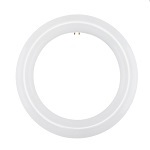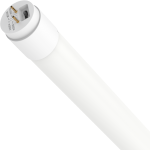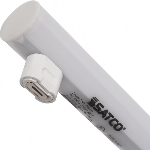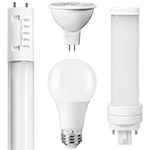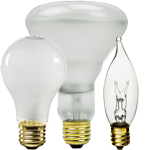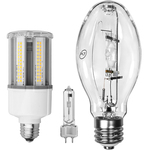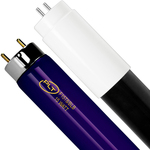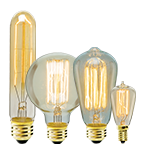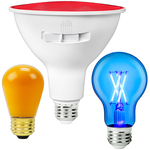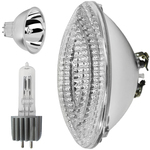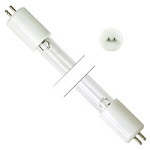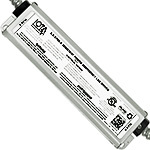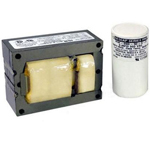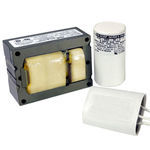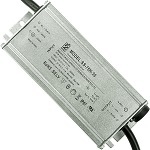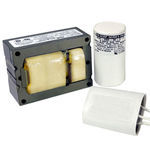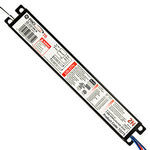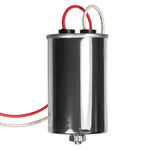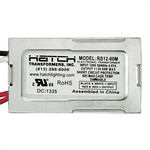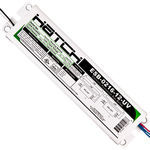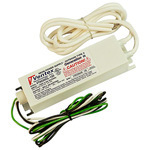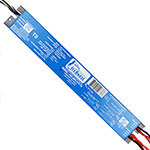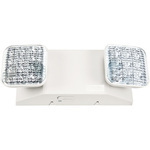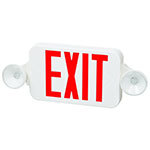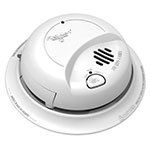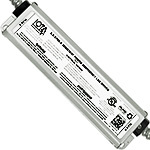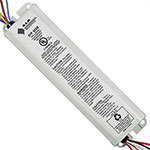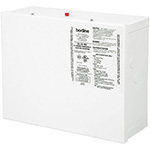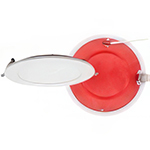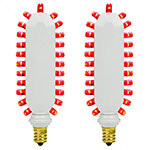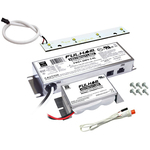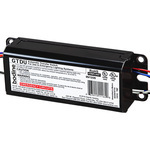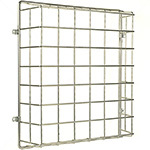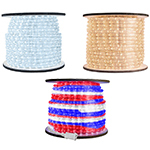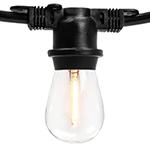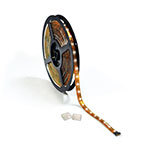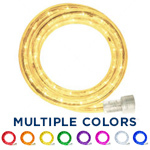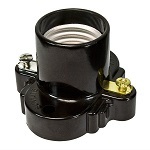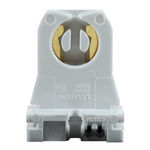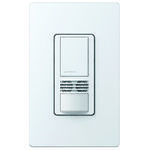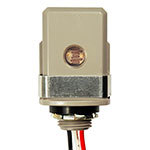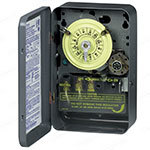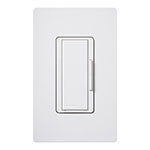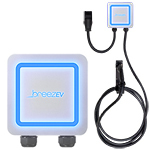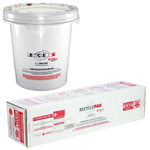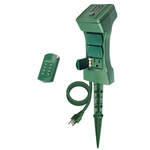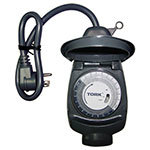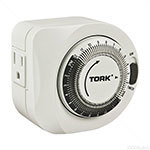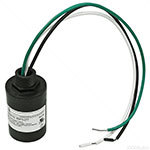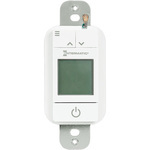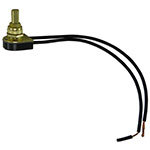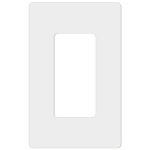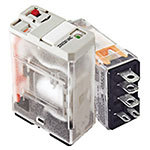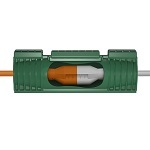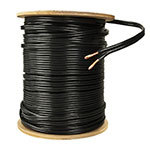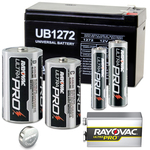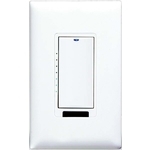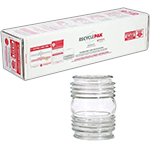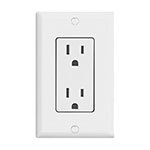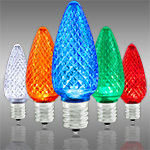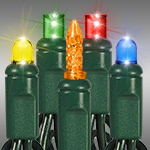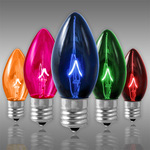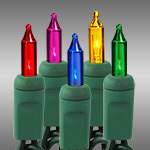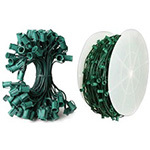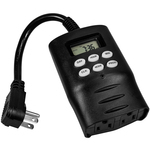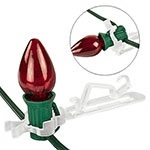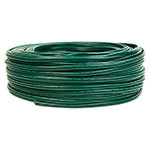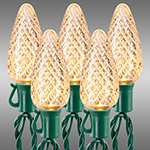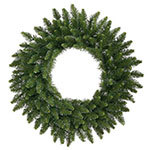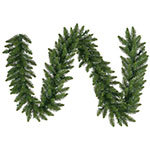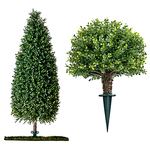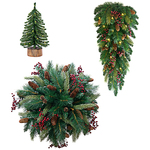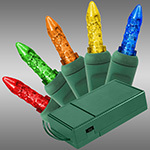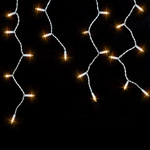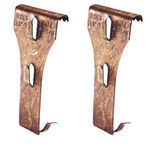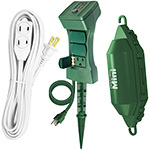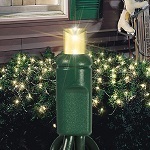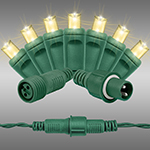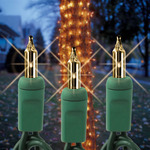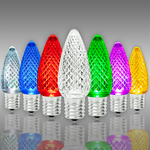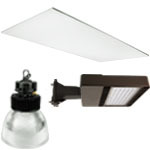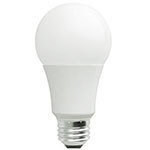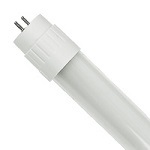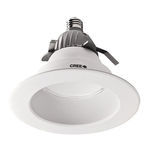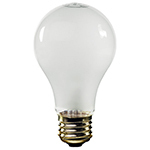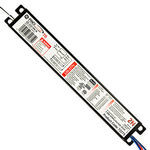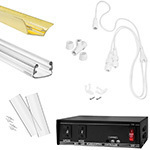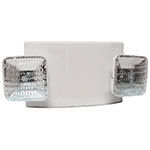LED Light Bulbs
-
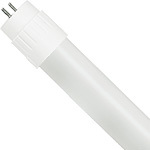
LED Tubes
Retrofit -
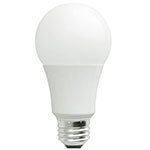
Household Type
A15, A19, A21 -
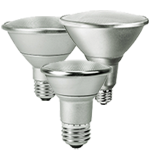
LED PAR Bulbs
PAR16, PAR20, PAR30, PAR38 -
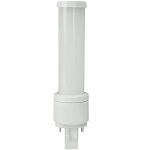
LED 2 Pin and 4 Pin Lamps
2-Pin, 4-Pin and GU24 Base -
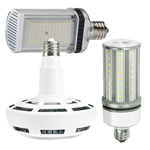
LED Retrofit Lamps
for HID Systems -
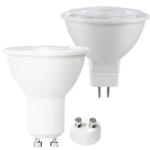
MR LED Bulbs
MR16, MR11, MR8 -
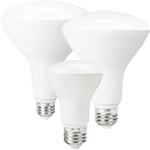
LED Flood Light Bulbs
BR20, BR30, BR40 -
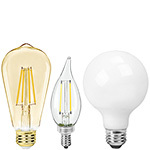
LED Decorative Bulbs
Chandeliers, Globes, and Edison Style -
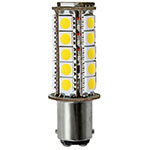
Miniature
G4, Single Contact Bayonets, Wedge, GY6.35 -
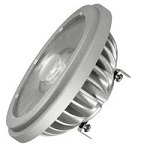
AR111
-
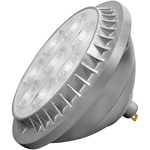
PAR56
-
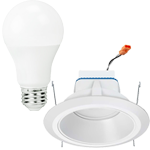
Smart Lighting
-
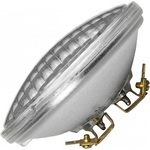
PAR36
-
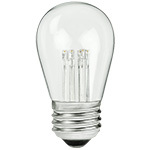
S11 and S14 Bulbs
-
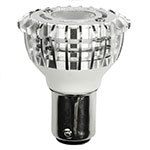
R12 Elevator Lamps
SC and DC Bayonet Base -

Selectable LED Bulbs
Switchable Wattage or Color Temperature -
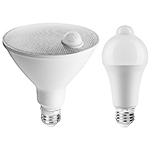
Motion and Dusk-to-Dawn Sensor LED Light Bulbs
-
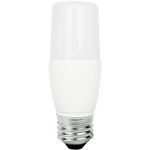
Tubular
-
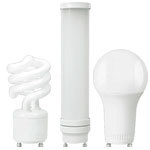
LED GU24 Base
-

California Compliant
-
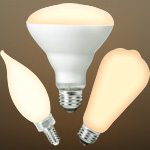
LED Warm Dimming Bulbs
Benefits of LED Lights
LED light bulbs are one of the most efficient and innovative lighting technologies available today. Compared to traditional bulbs, LED lights use up to 80% less energy and produce significantly less heat than metal halides, CFLs, and incandescent alternatives. That means more savings on your energy bill and a cooler, more comfortable space—especially in summer months.
Today’s LED lightbulbs come in both daylight and warm white color temperatures, making it easy to match your existing light color while upgrading your efficiency. Visit our Lighting Guide to see how color temperature impacts your room.
Additionally, LED lighting offers a higher color rendering index (CRI), which allows you to see colors more vividly and accurately—especially helpful when highlighting artwork, applying makeup, or decorating your home.
Durability is another major benefit of LED bulbs. Many are rated to last up to 11 years of continuous operation, which means fewer replacements and less time spent climbing ladders to change hard-to-reach bulbs. Plus, they're environmentally friendly: LED light bulbs contain no mercury and can be recycled to help reduce landfill waste.
Why Choose LED Bulbs?
- No mercury, making them safer for people and the planet
- Lifespan up to 20x longer than traditional bulbs
- Significantly lower energy consumption
- Excellent light quality and color accuracy
- Durable construction and better cold-weather performance
- Fully RoHS compliant
LEDs or Fluorescents – Which Is More Efficient?
LED lights win by a wide margin. Not only are they more efficient, but they also offer instant-on functionality with no warm-up time, better performance in cold climates, and shatter-resistant construction. From standard LED lightbulbs to LED tubes, they replicate the output of fluorescents while reducing energy use and lasting much longer.
LED Lighting Options at 1000Bulbs.com
- Standard A19 LED Bulbs: Traditional shape and brightness for everyday lighting.
- 3-Way LED Bulbs: Great for lamps and fixtures with multi-level brightness.
- Vintage & Antique LED Filament Bulbs: Vintage reproduction bulbs with a warm orange glow, like an Edison style or Victorian style bulb—perfect for steampunk lighting setups.
- Wet Location LED Bulbs: UL rated for use in humid indoor areas or exposed outdoor fixtures.
- Decorative LED Bulbs: Includes globe lights and chandelier light bulbs, with dimmable options and various color temperatures.
- LED Tubes: Available in T5 to T12 sizes. Use less power than fluorescent T8s and last up to 3x longer.
- LED Tape Lights: Flexible, bright strips for accent, alcove, and backlighting projects.
- LED PAR Bulbs: High-CRI reflectors for track lighting, recessed cans, or landscape lighting—cooler and more efficient than halogens.
Things to Consider When Buying LED Light Bulbs
- Equivalent Wattage: LEDs use about 1/4 to 1/5 the wattage of an incandescent to produce similar light output.
- Lumens: A 60W incandescent bulb produces ~800 lumens. LEDs can match/exceed that using much less power.
- Color Temperature: Choose 2700K–3000K for warm light or 4000K–5000K for cool daylight tones. Use our Lighting Guide to preview the look.
- Driver Requirements: Some LEDs need external drivers. Learn more in our blog post or driver guide.
Frequently Asked Questions About LED Light Bulbs
What are LED light bulbs?
LED light bulbs use light-emitting diodes to create illumination. They are much more energy-efficient and long-lasting than incandescent or CFL bulbs, and they’re available in a wide variety of shapes and applications.
How long do LED light bulbs last?
Most LED bulbs are rated to last between 15,000 and 50,000 hours—that’s up to 25 times longer than incandescent bulbs and significantly longer than CFLs.
How do I dispose of LED light bulbs?
Because LED lightbulbs do not contain mercury or other hazardous materials, they can typically be placed in the regular trash. However, we recommend recycling them whenever possible.
How do I recycle LED light bulbs?
Many hardware stores and municipal recycling centers accept LED bulbs as part of their e-waste programs. Recycling helps recover materials and reduces environmental impact.
Do LED light bulbs get hot?
LED lights produce much less heat than incandescent or halogen bulbs. While they may get warm to the touch, the heat is mostly concentrated at the base—not the bulb surface—making them safer and more efficient.
Need help? Shop by application or give our lighting experts a call at 1-888-368-1290.

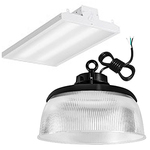
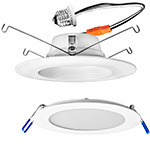
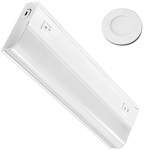
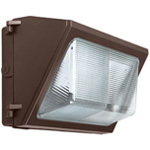
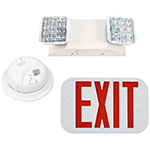
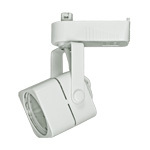
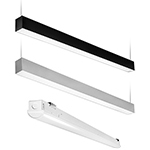
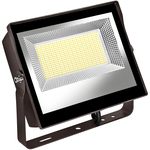
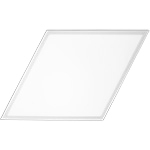
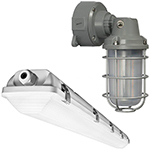
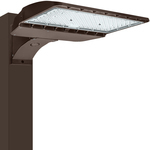
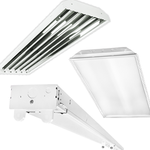
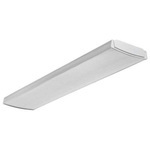
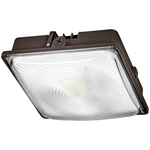
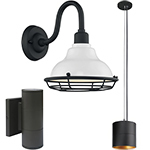
.jpg)
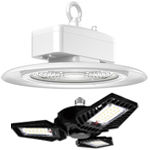

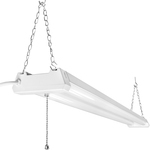
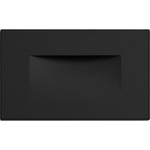
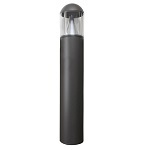
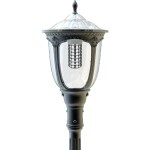

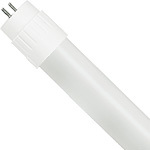
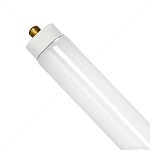
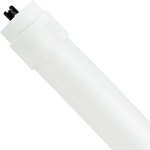
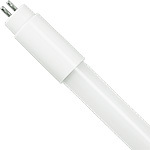

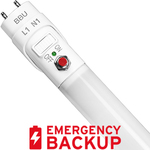
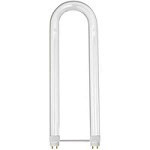
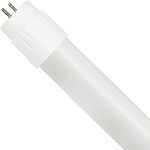
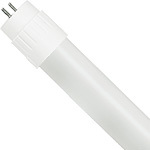
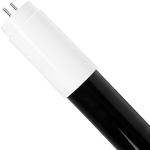
.jpg)
